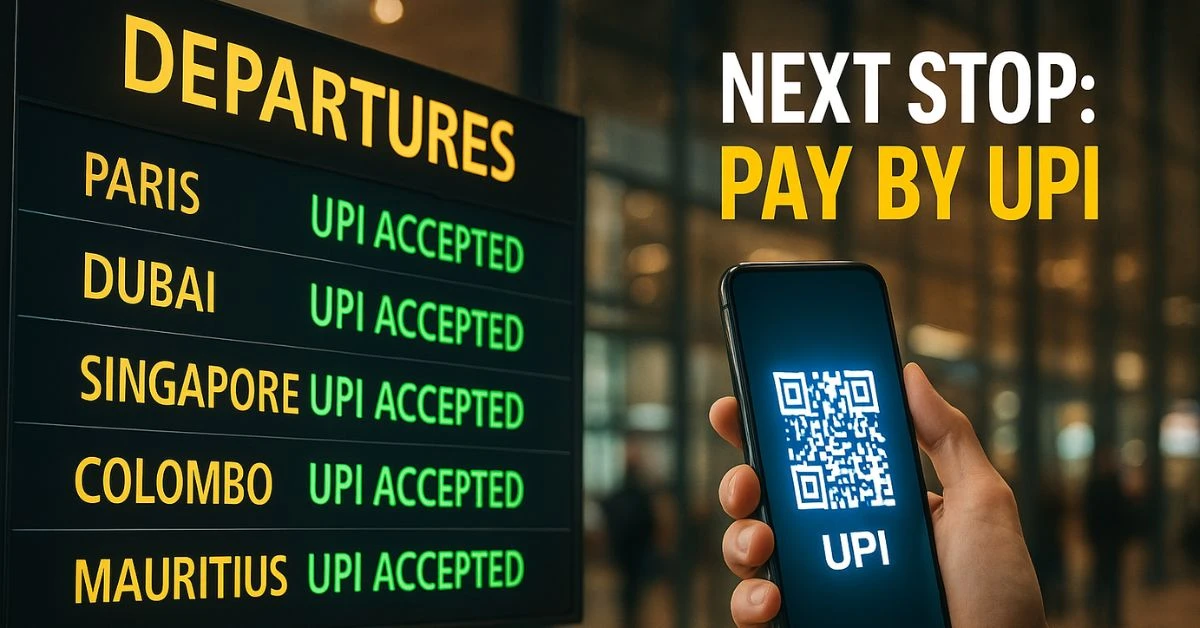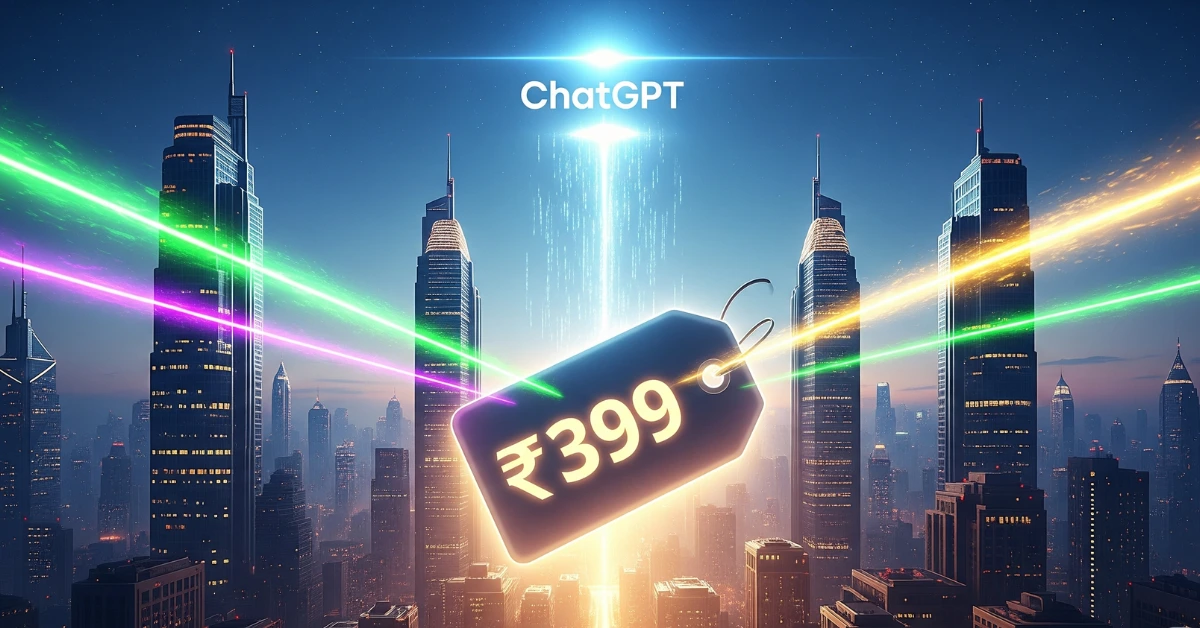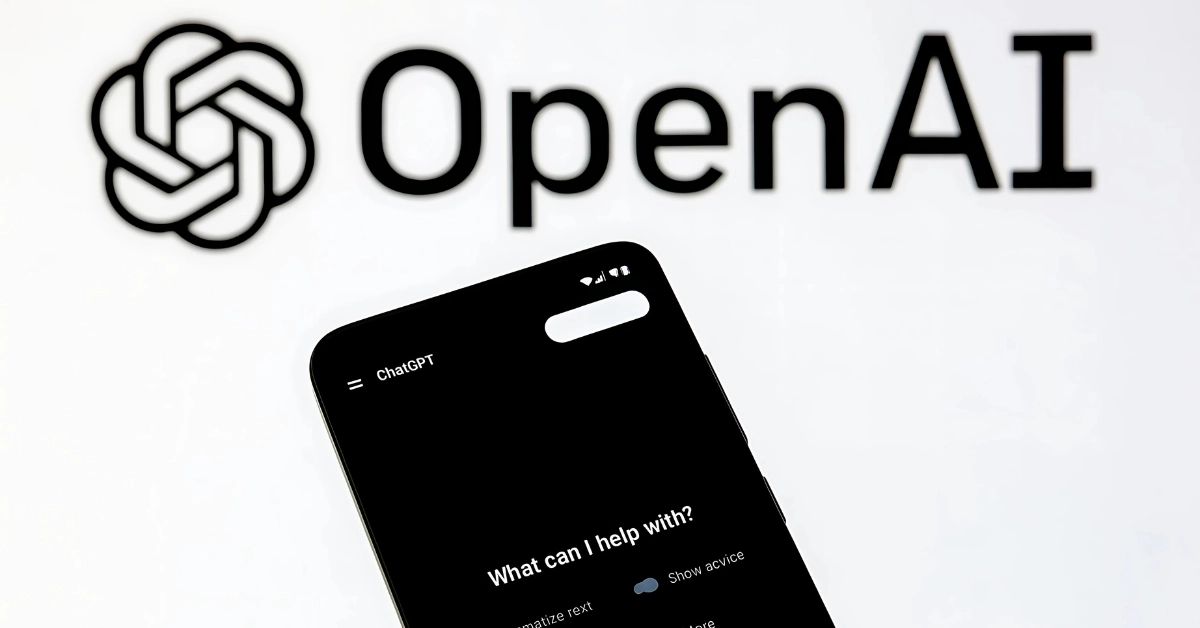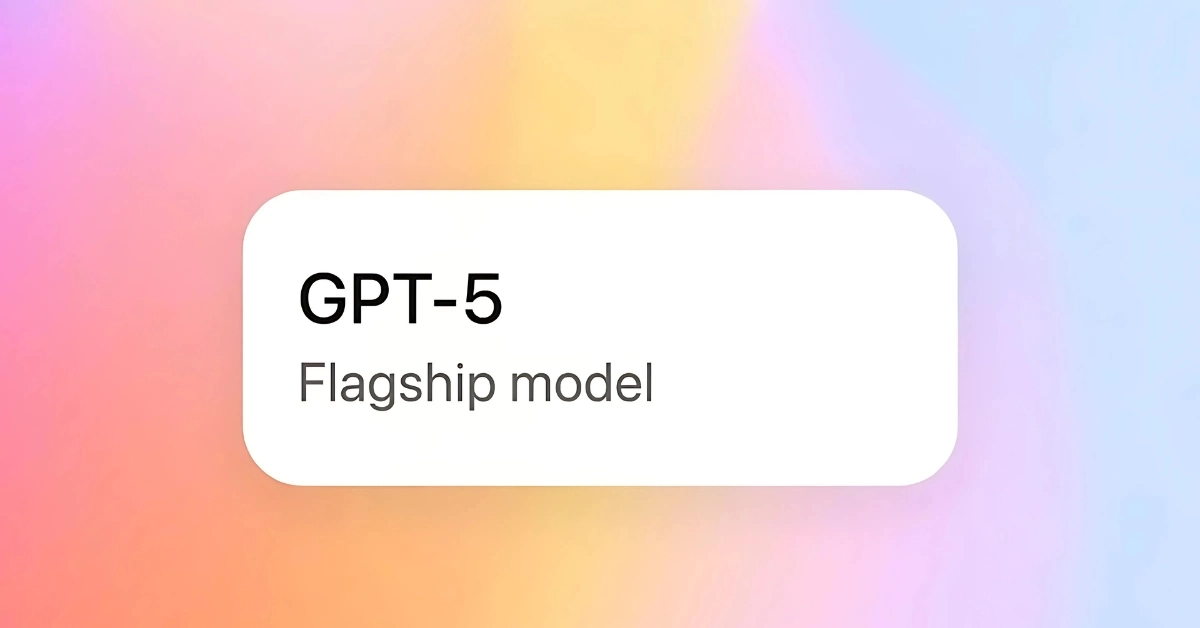Written by Mohit Singhania | Updated on: July 14, 2025
What started as a way to split chai bills and buy groceries is now working at the Eiffel Tower, Dubai’s malls, and Singapore’s MRTs. India’s Unified Payments Interface (UPI) has quietly gone global, transforming the way Indians pay not just at home, but across the world.
In 2025, UPI is not just a payment method. It is becoming India’s most successful digital export, accepted across eight countries and expanding fast. And if you’re traveling abroad, there’s a good chance you can simply scan and pay in rupees. No cards, no cash, no forex drama.
Here is a complete list of countries where UPI works right now, where it is launching next, and how to use it abroad with zero confusion.
Live Now: Countries Where You Can Use UPI in 2025
These countries have already rolled out full UPI acceptance across retail, restaurants, and transport. Your Indian UPI apps such as PhonePe, Google Pay, BHIM, and Paytm work just like they do at home.
France
France was the first European country to adopt UPI, launching at none other than the Eiffel Tower. Since early 2024, Indian tourists have been able to scan and pay at museums, bakeries, gift shops, and select hotels, thanks to a partnership between NPCI and Lyra Network.
The rollout is expanding across Paris and Lyon and will soon include more tourist spots throughout the country.
United Arab Emirates (UAE)
In the UAE, UPI is accepted at over 60,000 retail outlets from gold shops in Deira to cafés in Abu Dhabi. Powered by Mashreq’s NEOPAY and NPCI, it is now available in shopping malls, taxis, duty-free stores, and pharmacies.
This makes the UAE one of the most UPI-friendly destinations for Indian travelers in 2025.
Bhutan
Bhutan was the first country outside India to adopt UPI, back in 2021. Tourists can still pay using UPI at hotels, handicraft stores, and restaurants. The process is seamless, and INR gets automatically converted into Ngultrum without hassle.
Nepal
In 2025, UPI is fully integrated with Nepal’s national payment systems. Real-time payments work at shops, cafés, and travel services in Kathmandu and Pokhara. This system also benefits Nepali workers in India who use UPI apps to send remittances home.
Mauritius
The India-Mauritius payment corridor went live in 2024, supporting both UPI and RuPay. Tourists can now scan and pay at beach resorts, street markets, and tour operators. The rollout is especially helpful for Indian families and honeymooners who want to avoid currency exchange counters.
Sri Lanka
As part of a tourism revival push, Sri Lanka introduced UPI at Colombo Airport, retail stores, and hotels. Payments are made in Sri Lankan Rupees and converted directly from INR using the real-time exchange rate. UPI acceptance is expanding into Galle and Kandy throughout 2025.
Singapore
Singapore’s PayNow-UPI integration is one of the most successful examples of cross-border fintech. Over 30,000 merchants now accept UPI, including hawker centres, MRT stations, convenience stores, and shopping malls. Indian tourists can scan the local SGQR code and pay directly from their Indian UPI app without needing a local account.
Cyprus
Cyprus joined the UPI network after Prime Minister Narendra Modi’s 2025 visit. Indian tourists can now make UPI payments at select hotels, car rental companies, and tourist outlets in Nicosia and Limassol. Full island-wide coverage is expected soon.
Coming Soon: Countries Where UPI Is Being Rolled Out
These countries have either signed formal partnerships or are actively testing UPI integration. Wider acceptance is expected by late 2025 or early 2026.
Malaysia
UPI is expected to launch in Kuala Lumpur and Penang by the end of 2025. Early trials are already underway in partnership with local banks and QR code networks.
Qatar
India and Qatar are finalizing UPI integration with a focus on hotels, shopping malls, and stadiums in Doha. The launch is likely timed around major sporting events to help Indian fans and tourists.
Thailand
Thailand is preparing to introduce UPI in Bangkok, Phuket, and Chiang Mai. The first phase includes tourist-heavy areas, with expansion expected to cover public transport and entertainment venues.
United Kingdom
UPI is currently being piloted in Indian-owned stores and restaurants in London. Talks are ongoing with British banks to widen acceptance in university areas, tech parks, and major retail outlets. Indian students and professionals are expected to benefit most.
Oman
Oman has signed a formal MoU with India to introduce both UPI and RuPay. Rollout will begin in Muscat’s malls, cafes, and transport services, especially catering to Indian expats.
Maldives
UPI is set to launch in the Maldives in 2026. Indian travelers will be able to use UPI at beach resorts, ferry services, and restaurants across the islands once integration is complete.
How to Use UPI Abroad: A Step-by-Step Walkthrough
Using UPI internationally is just as easy as it is in India. The process is quick, secure, and often cheaper than using a credit or forex card.
Step 1: Find a supported merchant
Look for QR codes with logos like UPI, NPCI, SGQR, or NEOPAY. Staff may also mention that Indian QR payments are accepted.
Step 2: Open your Indian UPI app
Whether you use PhonePe, Google Pay, Paytm, or BHIM, your regular Indian app will work—if your bank supports international usage. No additional app is needed.
Step 3: Scan the code
Once scanned, your app will detect the local currency and automatically convert the amount into Indian rupees using the live FX rate.
Step 4: Approve and pay
Verify the amount, approve the payment, and you will instantly receive a confirmation on your app and via SMS.
Step 5: Know the cost
In most cases, there are zero hidden charges. Since UPI operates via bank-to-bank transfer, the FX conversion is often cheaper than what Visa or Mastercard offers. Your bank may apply a nominal fee depending on its policy.
Note: Make sure your UPI app is KYC-verified and that your bank allows international UPI transactions. You can check this in your app settings or contact your bank.
Final Thoughts: India Isn’t Just Paying Abroad, It Is Leading
Every time someone scans a UPI code in another country, it tells a bigger story. It shows how a digital public infrastructure built in India is now being trusted around the world. UPI is not just a convenience for travelers. It is a symbol of India’s rising influence in global fintech.
With more countries joining the network each year, UPI is on its way to becoming the world’s first real-time, low-cost, cross-border payment solution at scale.
This is not just about going cashless. It is about going global—with a QR code built in India.












